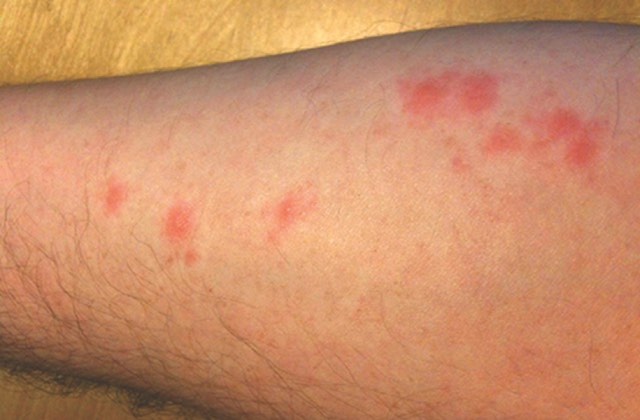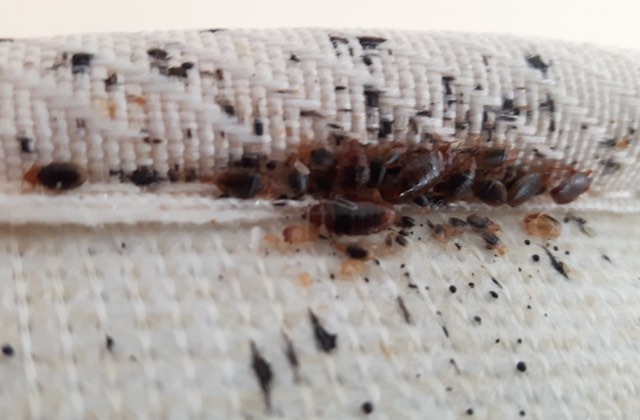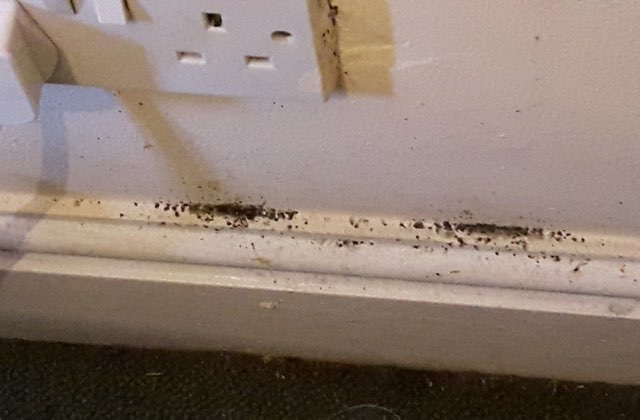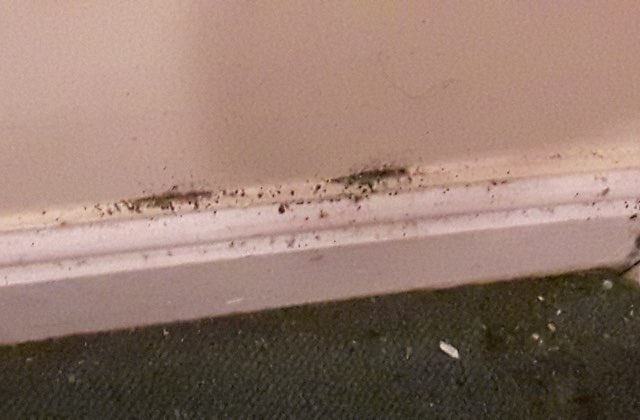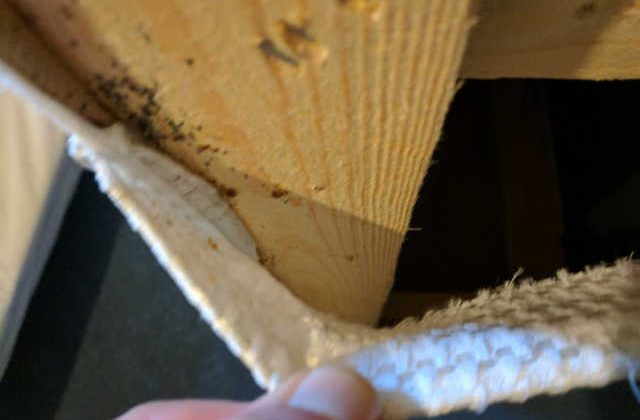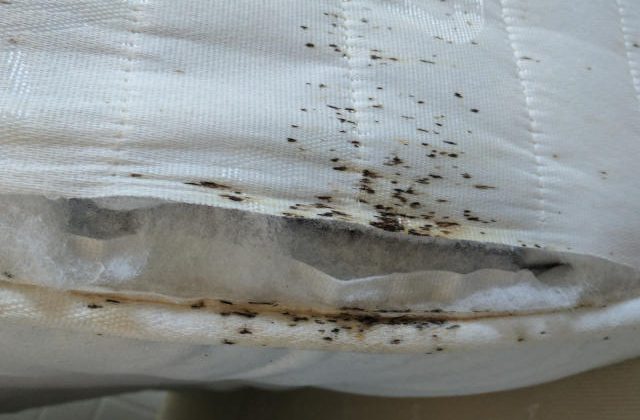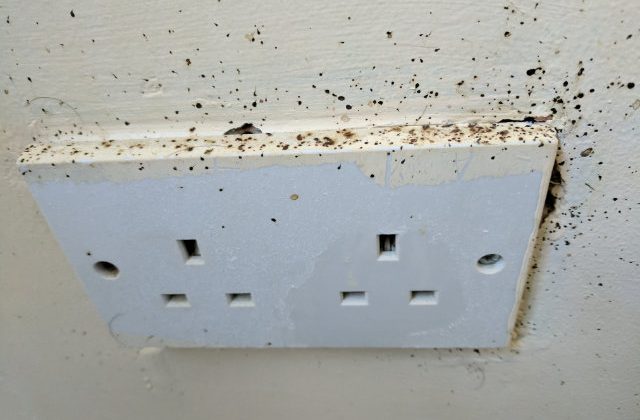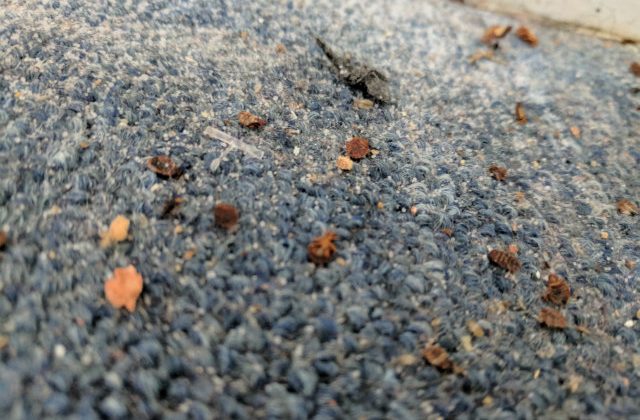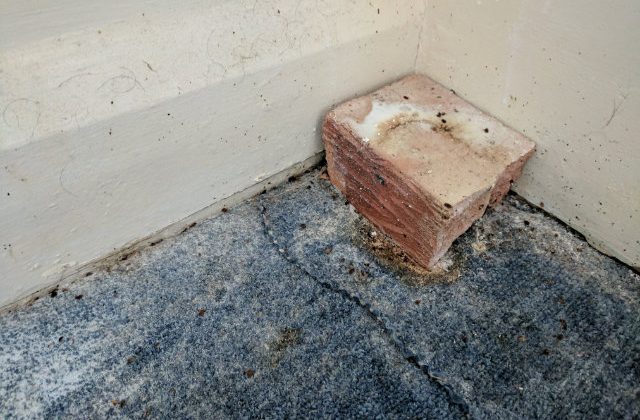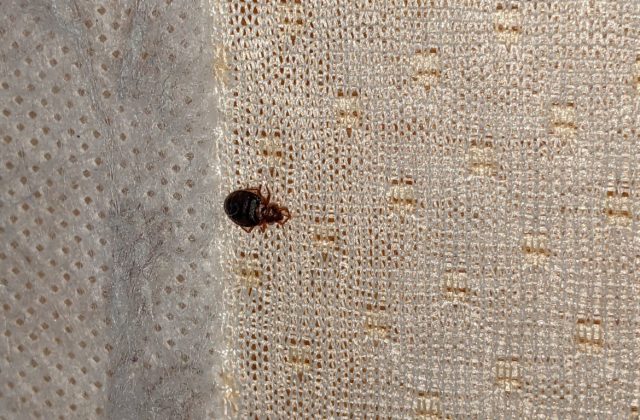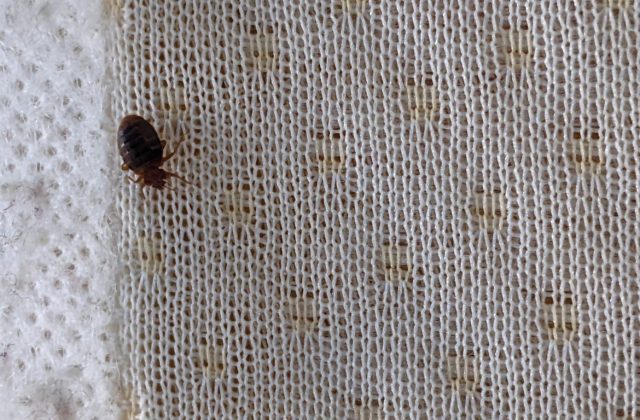Bedbugs – What are bed bugs?
Bed bugs (Cimex Lectularius) are small, flat, parasitic insects that feed solely on the blood of people and animals while they sleep. Bed bugs are reddish-brown in color, wingless, range from 1mm to 7mm (roughly the size of Lincoln’s head on a penny), and can live several months without a blood meal.
Where are bed bugs found?
Bed bugs are found across the globe from North and South America, to Africa, Asia and Europe. Although the presence of bed bugs has traditionally been seen as a problem in developing countries, it has recently been spreading rapidly in parts of the United States, Canada, the United Kingdom, and other parts of Europe. Bed bugs have been found in five-star hotels and resorts and their presence is not determined by the cleanliness of the living conditions where they are found.
Bed bug infestations usually occur around or near the areas where people sleep. These areas include apartments, shelters, rooming houses, hotels, cruise ships, buses, trains, and dorm rooms. They hide during the day in places such as seams of mattresses, box springs, bed frames, headboards, dresser tables, inside cracks or crevices, behind wallpaper, or any other clutter or objects around a bed. Bed bugs have been shown to be able to travel over 100 feet in a night but tend to live within 8 feet of where people sleep.
Females can deposit one to five eggs a day, and may lay 200 to 500 eggs in a Bed Bug’s lifetime.
Do bed bugs spread disease?
Bed bugs should not be considered as a medical or public health hazard. Bed bugs are not known to spread disease. Bed bugs can be an annoyance because their presence may cause itching and loss of sleep. Sometimes the itching can lead to excessive scratching that can sometimes increase the chance of a secondary skin infection.
What are the signs and symptoms of a bed bug infestation?
One of the easiest ways to identify a bed bug infestation is by the tell-tale bite marks on the face, neck, arms, hands, or any other body parts while sleeping. However, these bite marks may take as long as 14 days to develop in some people so it is important to look for other clues when determining if bed bugs have infested an area. These signs include:
- Bites
- Blood spots on your sheets
- Faecal sacks (their poo) – looks a bit like a sprinkling of pepper on the seams of your mattress, headboards, bed frame etc
How do I know if I’ve been bitten by a bed bug?
It is hard to tell if you’ve been bitten by a bed bug unless you find bed bugs or signs of infestation. When bed bugs bite, they inject an anesthetic and an anticoagulant that prevents a person from realizing they are being bitten. Most people do not realize they have been bitten until bite marks appear anywhere from one to several days after the initial bite. The bite marks are similar to that of a mosquito or a flea — a slightly swollen and red area that may itch and be irritating. The bite marks may be random or appear in a straight line. Other symptoms of bed bug bites include insomnia, anxiety, and skin problems that arise from profuse scratching of the bites.
Because bed bug bites affect everyone differently, some people may have no reaction and will not develop bite marks or any other visible signs of being bitten. Other people may be allergic to the bed bugs and can react adversely to the bites. These allergic symptoms can include enlarged bite marks, painful swellings at the bite site, and, on rare occasions, anaphylaxis.
How did I get bed bugs?
Bed bugs are experts at hiding. Their slim flat bodies allow them to fit into the smallest of spaces and stay there for long periods of time, even without a blood meal. Bed bugs are usually transported from place to place as people travel. The bed bugs travel in the seams and folds of luggage, overnight bags, folded clothes, bedding, furniture, and anywhere else where they can hide. Most people do not realize they are transporting stow-away bed bugs as they travel from location to location, infecting areas as they travel.
Who is at risk for getting bed bugs?
Everyone is at risk for getting bed bugs when visiting an infected area. However, anyone who travels frequently and shares living and sleeping quarters where other people have previously slept has a higher risk of being bitten and or spreading a bed bug infestation.
How are bed bugs treated and prevented?
Bed bug bites usually do not pose a serious medical threat. The best way to treat a bite is to avoid scratching the area and apply antiseptic creams or lotions and take an antihistamine. Bed bug infestations are commonly treated by insecticide spraying. If you suspect that you have an infestation, contact your landlord or professional pest control company that is experienced with treating bed bugs. The best way to prevent bed bugs is regular inspection for the signs of an infestation
What health risks do bed bugs pose?
A bed bug bite affects each person differently. Bite responses can range from an absence of any physical signs of the bite, to a small bite mark, to a serious allergic reaction. Bed bugs are not considered to be dangerous; however, an allergic reaction to several bites may need medical attention.
Risks Associated With Infections
Scratching bed bug bites and failure to keep the bites clean and disinfected may lead to a secondary infection that can cause further swelling and bleeding. Children, the elderly, and individuals with weak immune systems, particularly those who are bedridden, may develop secondary infections that result from bed bug bites.
How to Identify the Bites
Blood spots found on one’s sheets, bites and the presence of bed bug feces and cast skins are some of the indications of a bed bug infestation. Bites are commonly found on the parts of the body that are more likely to be exposed to bed bugs during sleep – the hands, neck, face, shoulders, legs and arms. While not always the case, bed bug bites are often grouped together in a small area and at times may occur in a line or a zigzag pattern. Bites normally look like small, flat or raised areas that may become inflamed, itchy, red or blistered. Bed bug bite reactions don’t always appear immediately after you’re bitten and may take a few days to begin causing symptoms. However, not everyone reacts to bed bug bites in the same manner.
The size of bed bug bites varies with a number of different factors. Bed bugs inject an anti-coagulant along with their saliva when they pierce the skin to take a blood meal. This anti-coagulant is mostly responsible for how a person reacts to the bite and determines the size of the bug’s bite. Since people will have various sensitivities to the bed bug’s bite, the size of the bite will vary, as well. Another factor that influences the size of a bed bug reaction is the number of times a person is bitten. Bite reactions of people bitten many times are also variable, and their response may be either more or less intense as the number of bites increases.
Bed bugs pierce human skin with elongated beaks through which they extract blood. Bed bug bites are not initially painful and can go unnoticed for hours or days. This allows bed bugs to withdraw human blood for up to 10 minutes with each feeding. Bed bug bites occur most commonly on exposed skin, such as the upper body, neck, arms and shoulders.
Bite Symptoms
Some individuals who are bitten by bed bugs develop itching, red welts or swelling the day after being bitten. However, bites may not become obvious for several days or at all on some individuals. Many people do not react at all to the bite of a bed bug—many bites leave no mark and go completely unnoticed.
Unlike those of other insects, bed bug bites may sometimes appear in tight lines of multiple, small, red marks where multiple bed bugs have fed along an exposed area. Bed bug bites can cause itchiness. Initially, a victim may detect a slight burning sensation. The burning area then develops red bumps, known as papules or wheals (rash). In extreme cases, bites may swell dramatically or turn into blister-like skin inflammations.
If you develop a rash after being bitten by a bed bug, avoid scratching the affected area. If the rash persists or becomes infected, contact a medical professional immediately.
Why Do They Bite?
Bed bugs are blood feeders that depend on blood for their food source, so they must consume blood for survival.
One bed bug will usually take more than one bite. Once a bed bug inserts its mouthparts and finds a suitable blood vessel, it will begin feeding. However, finding the right blood vessel may take more than one injection into the skin. In addition, bed bugs are very sensitive to movement by the host they are feeding on. Therefore, if a sleeping person moves, a feeding bed bug will probably withdraw its mouthparts and begin its search for a blood meal on another part of the body. It’s important to remember that the number of bites a person receives is not indicative of the number of bed bugs that feed on that person.


